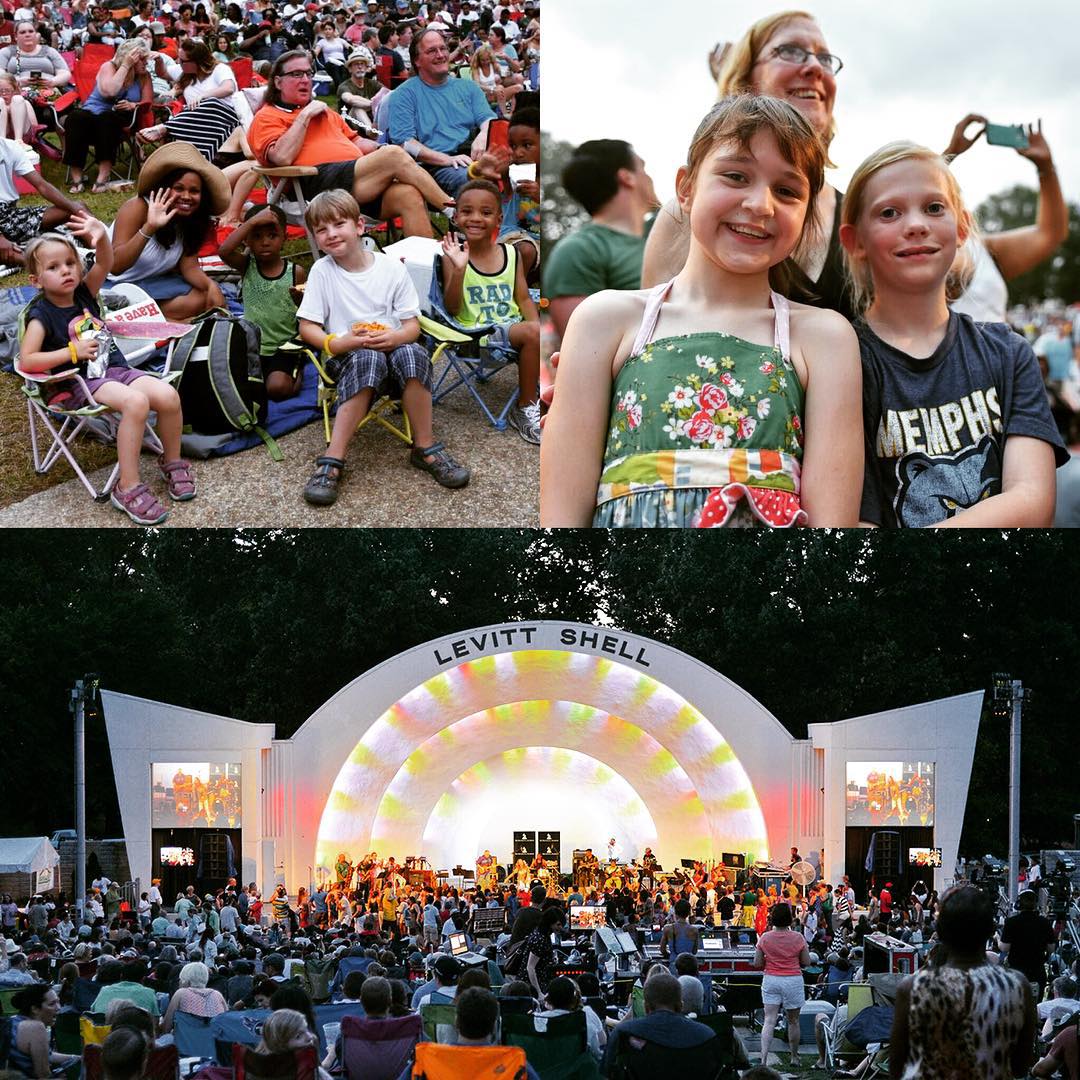A biweekly newsletter with public space news, resources, and opportunities.
A curated dispatch on all things public markets plus the latest announcements from the Market Cities Program.

Creative placemaking is an integrative approach to urban planning and community building that stimulates local economies and leads to increased innovation, cultural diversity, and civic engagement. The practice is not as much about making creative places as it is about making places creatively. Placemaking is an art, and a good placemaker knows how to create connections, build relationships, and understand many different points of view.
Today, we’re witnessing a kind of renaissance, which in some ways has been fueled by cutbacks in arts funding. Artists are becoming more vocal, and communities are rallying to support the arts. This is leading to the creation of new alliances and new kinds of community-oriented or “social” practice artists. The arts facilitate an exploration and celebration of diversity, and when art reflects the values and visions of the community it serves, it becomes a lasting part of that community.

“[Creative Placemaking] describes projects in which art plays an intentional and integrated role in place-based community planning and development. This brings artists, arts organizations, and artistic activity into the suite of placemaking strategies pioneered by Jane Jacobs and her colleagues, who believed that community development must be locally informed, human-centric, and holistic.” –ArtPlace America
Great places are sources of inspiration, and public art can be an avenue for artists to express themselves and their complex relationships to that place. Since communities are increasingly seeking out artists who activate public spaces, community support has great economic value for artists. Providing welcome alternatives to traditional museums and art venues, art in public spaces adds value to the shared public realm, and the benefits of creative placemaking projects are numerous. They can attract people to a particular area, increasing foot traffic and economic activity; they stimulate discussion and create learning opportunities for community members and visitors; they might fill empty storefronts, buildings, lots, and other vacant areas, reducing vandalism and increasing sense of safety; and they can serve as landmarks for wayfinding, facilitating place identity and attachment.

Looking Ahead: Challenges and Opportunities
“It’s not simply that the arts promote social well-being; they are indispensable elements of social well-being. Just as you can’t strip out health or housing or transportation from social well-being, neither can you remove the arts.” -Mark J. Stern, Professor of Social Policy and History, University of Pennsylvania
The benefits of using arts and culture to tap into a place’s unique character extend well beyond the art world. Across sectors and at all levels, today’s leaders and policymakers are increasingly recognizing how arts-based placemaking initiatives can simultaneously advance their missions in transportation, housing, employment, health care, environmental sustainability, and education.
Today, the cause of arts-based placemaking is popular and widely recognized, and it continues to be generously supported by organizations such as the National Endowment for the Arts (NEA), The Kresge Foundation, ArtPlace America, and others. As many creative placemaking projects mature, however, it can be challenging for grant givers and their recipients to find consistent ways to measure the outcomes and impacts of these projects. Further, project managers in many communities often lack the necessary funding, resources, and guidelines with which to collect consistent data and track changes.
For most creative placemaking projects, the data itself doesn’t tell the full story. Broad, industry-level indicators only tell us what has changed in a community, not why these changes have occurred.
The rich text element allows you to create and format headings, paragraphs, blockquotes, images, and video all in one place instead of having to add and format them individually. Just double-click and easily create content.
The rich text element allows you to create and format headings, paragraphs, blockquotes, images, and video all in one place instead of having to add and format them individually. Just double-click and easily create content.
Body Text Body Link
The rich text element allows you to create and format headings, paragraphs, blockquotes, images, and video all in one place instead of having to add and format them individually. Just double-click and easily create content.
Here is some highlighted text from the article.




Headings, paragraphs, blockquotes, figures, images, and figure captions can all be styled after a class is added to the rich text element using the "When inside of" nested selector system.
Headings, paragraphs, blockquotes, figures, images, and figure captions can all be styled after a class is added to the rich text element using the "When inside of" nested selector system.
Headings, paragraphs, blockquotes, figures, images, and figure captions can all be styled after a class is added to the rich text element using the "When inside of" nested selector system.

We are committed to access to quality content that advances the placemaking cause—and your support makes that possible. If this article informed, inspired, or helped you, please consider making a quick donation. Every contribution helps!
Project for Public Spaces is a 501(c)(3) tax-exempt organization and your donation is tax-deductible within the guidelines of U.S. law.